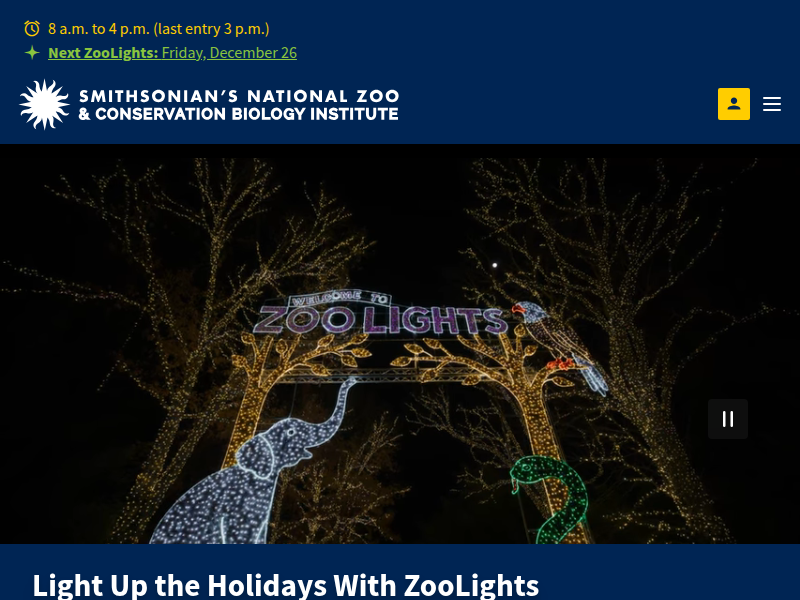Making Sense of Animal Milks | Smithsonian’s National Zoo and Conservation Biology Institute https://nationalzoo.si.edu/conservation/news/making-sense-animal-milks
As a research assistant for the nutrition laboratory, Jenna Pastel wears a snowsuit year-round. That’s because she spends a lot of time in a -20 degree Fahrenheit walk-in freezer located in the Zoo’s science building.
Image: I love animals and have always cared about conservation.

